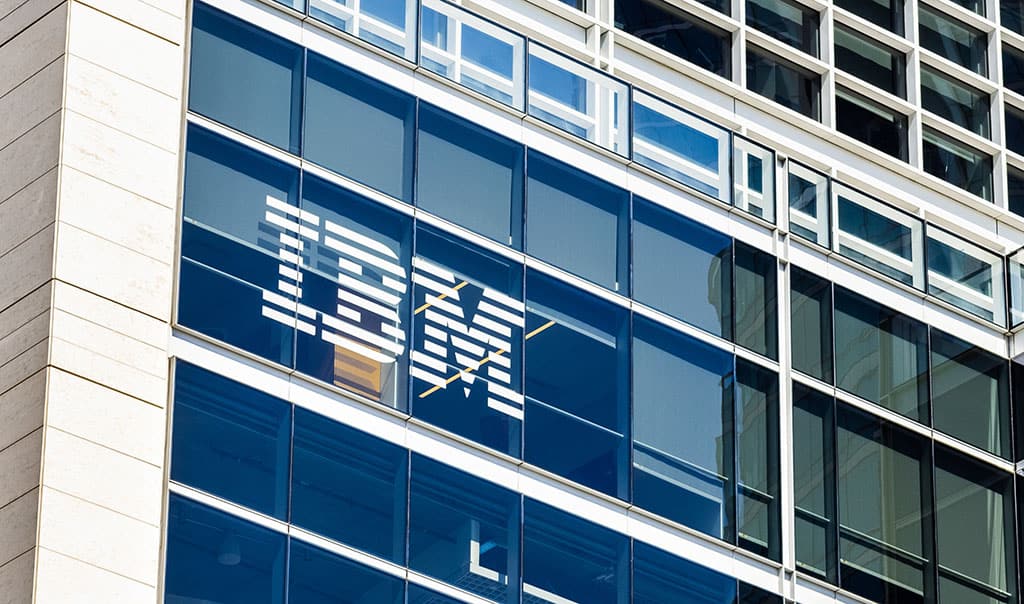Migrating to AWS: Your Preflight Checklist
Connectria
Author
Date
May 21, 2019

More organizations than ever are embracing public cloud offerings like AWS in their pursuit of leaner, more agile IT operations. But before you take off into an AWS cloud, you might want to sit down with your team and run through a preflight checklist. Making sure you’re A-OK on these details can help you avoid unnecessary turbulence and provide for a smoother journey.
Are we sure AWS is the right cloud environment for us?
We’re going to assume that the naysayers have all had their day. Nevertheless, now is the time to rehash any last-minute concerns. No doubt, you’ve learned a lot about AWS during your selection process, and some of the concerns you had weeks ago might easily be put to bed today. Getting everybody on board now will make for a smoother transition.
Do we have executive-level support for this migration?
Speaking of people who need to be on board, executive support is a vital component of any digital transformation initiative, and AWS cloud migrations are certainly no exception. You’ll want a champion who can help smooth over any rough patches during and after the migration process by speaking to those affected and calming their concerns.
And, of course, you’ll need their continued support for your budgets. Migrating workloads to the cloud can help cut IT costs, but improvements in cost structure don’t always follow a straight line. The last thing you want is to have the budget rug pulled out from under you just as the finish line is in sight.
Which workloads do we plan to migrate and by when?
It’s amazing how nebulous some AWS cloud migration plans can be. One executive might see the ultimate goal as “cloud-only” and be pushing to migrate everything to the cloud as fast as possible, while another thinks of it as merely a proof-of-concept project. Having a written plan with clear, realistic milestones can help prevent misunderstandings that can derail your flight plans later.
Which methods will we use to migrate workloads and applications to the cloud?
Some workloads will be easier than others to migrate to AWS. For example, you might have a cloud-native application and data residing in a private, hosted cloud that you want to migrate to AWS. On the complexity continuum, that’s pretty simple.
On the other hand, you might have a legacy application that was developed before cloud computing was even a thing. You’ll need to give these workloads special consideration, especially if they contain sensitive information. The “lift and shift” method where you pick up a workload and drop it in the cloud might not cut it.
If you’re still fuzzy on the best way to migrate your workloads to AWS, our comprehensive suite of AWS Migration Services can help.
Do we fully understand AWS’s shared responsibility model for IT security?
Infrastructure as a Service (IaaS) providers like AWS have the bandwidth and resources to create a highly secure environment, but they aren’t responsible for everything. Before migrating your workloads to AWS, make sure you understand their Shared Responsibility Model and are ready to keep up your end of the bargain.
Are we confident in our ability to comply with any industry standards and regulations?
Public clouds can be compliant with even the most stringent security regulations. AWS even has formal compliance programs for common requirements such as HIPAA, PCI DSS, GDPR, ISO 2700X, FEDRAMP, and FERPA. They also have programs that cover more regional and less common standards as well.
Nevertheless, ensuring compliance requires knowledge and effort in your part as well. If you aren’t sure your team has the experience they need, talk to us about our Managed Compliance and Security Services.
Are we using outside service providers? If so, do we have clearly defined responsibilities with milestones for all parties?
Whether this is their first migration to the cloud or their tenth, many enterprises rely on outside expertise. An AWS cloud migration project is much like any other significant initiative. Proper project management requires clearly defined milestones and responsibilities, including those assigned to third-party providers.
Do we know how to optimize AWS for costs?
As mentioned earlier, public clouds like AWS can be less expensive than other options; however, many organizations don’t manage their cloud costs well. One common reason is that they don’t have the in-house expertise they need to know which features of AWS they need and which ones they don’t.
How will we manage our AWS implementation?
Of course, there’s more to cloud governance than just cost optimization. The right cloud management platform can also help you maintain control over resource utilization, performance, compliance, security, and more.
Looking for a Co-Pilot?
Contact Connectria today for more information. We’ve helped hundreds of customers migrate workloads to the cloud and then manage their cloud environments. One of our cloud advisors would be happy to talk with you about your cloud migration plans and how we can help ensure a smooth journey. Did you spot any red flags during your preflight check? If so, that doesn’t necessarily mean that AWS isn’t right for you. It may simply mean that you need to spend a little more time ensuring you have access to the expertise you need.
Keep Reading
Prepare for the future
Tell us about your current environment and we’ll show you the best path forward.
Fast track your project. Give us a call.






